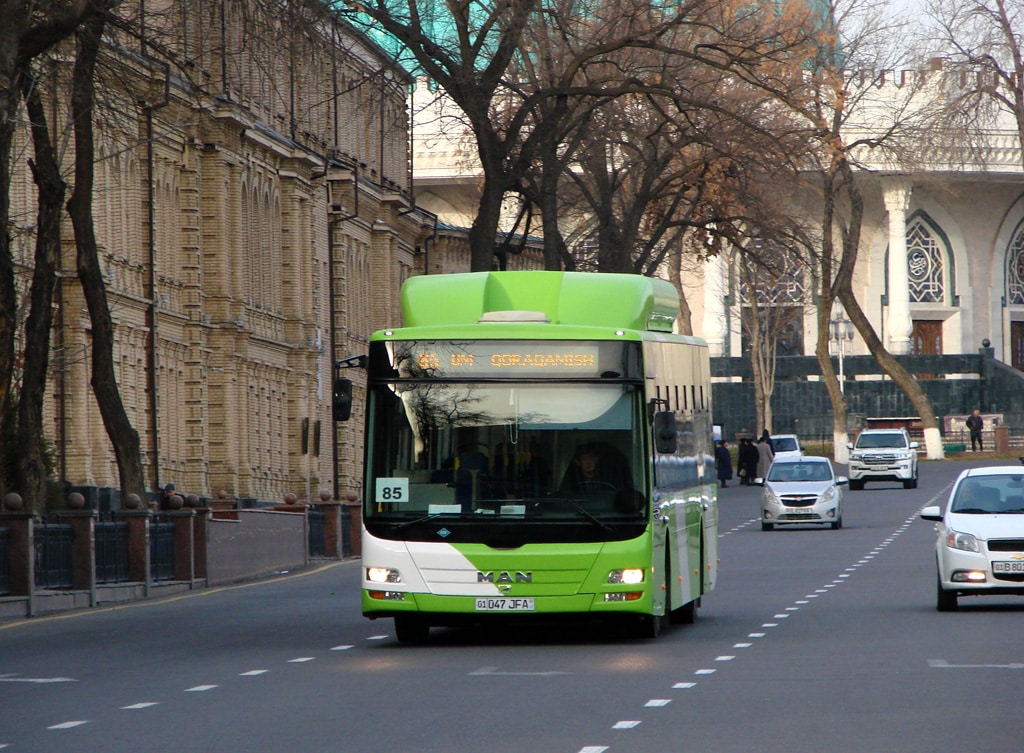Tashkent to Introduce Unified Agglomeration Transport System

At a recent meeting chaired by President Shavkat Mirziyoyev, several measures were approved to develop public transport serving medium and long-distance routes. A particular focus was placed on Tashkent and interregional connections.
As part of a broader push to improve road safety and reduce congestion, the Uzbek government is now turning its attention to overhauling the country’s intercity public transport system, which remains poorly coordinated. Currently, long-distance buses operate not on schedule but only once 40 to 50 passengers have boarded.
Firstly, public transport in the capital will shift to a unified agglomeration system, extending coverage to surrounding districts in the Tashkent region. Twenty existing routes that currently terminate at the edge of the city will be extended by 15 to 20 kilometres. In addition, six new routes will be launched. By September, 200 new buses are expected to arrive in Tashkent, with a further 1,000 scheduled for delivery next year. These changes are projected to reduce traffic in the city by 25,000 private vehicles.
Secondly, interregional bus services will be strengthened. Operators will receive per-passenger subsidies to improve service levels. The exemption on the recycling fee for buses will be extended for another three years and will now also apply to minibuses. Customs exemptions currently granted to tourist buses and minibuses will also be extended to all public transport vehicles for a three-year period.
Kursiv also reports that a new nationwide initiative titled the Safe Road National Programme has been launched to significantly reduce the number of serious traffic accidents across Uzbekistan.

